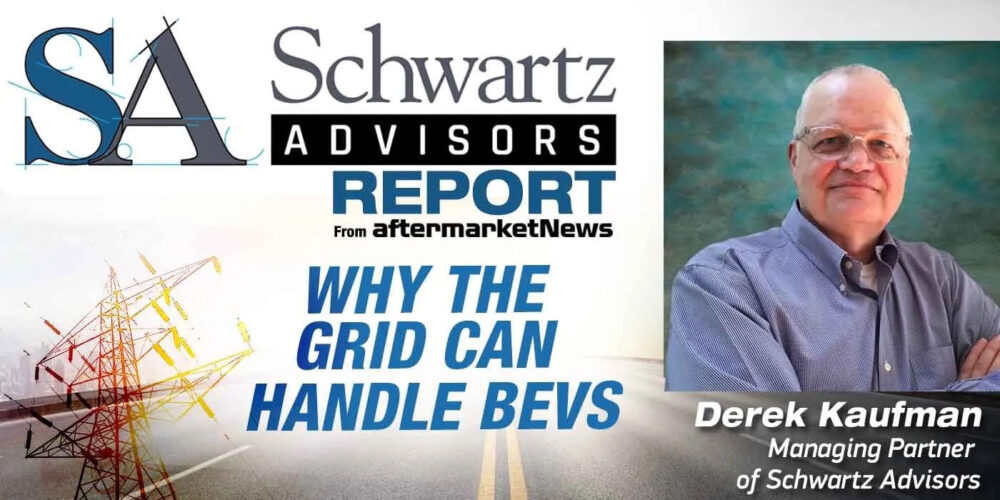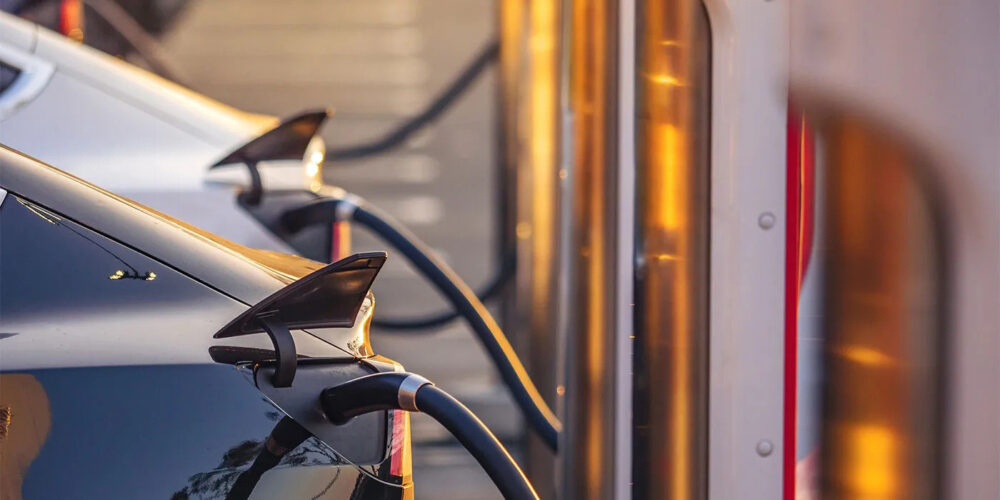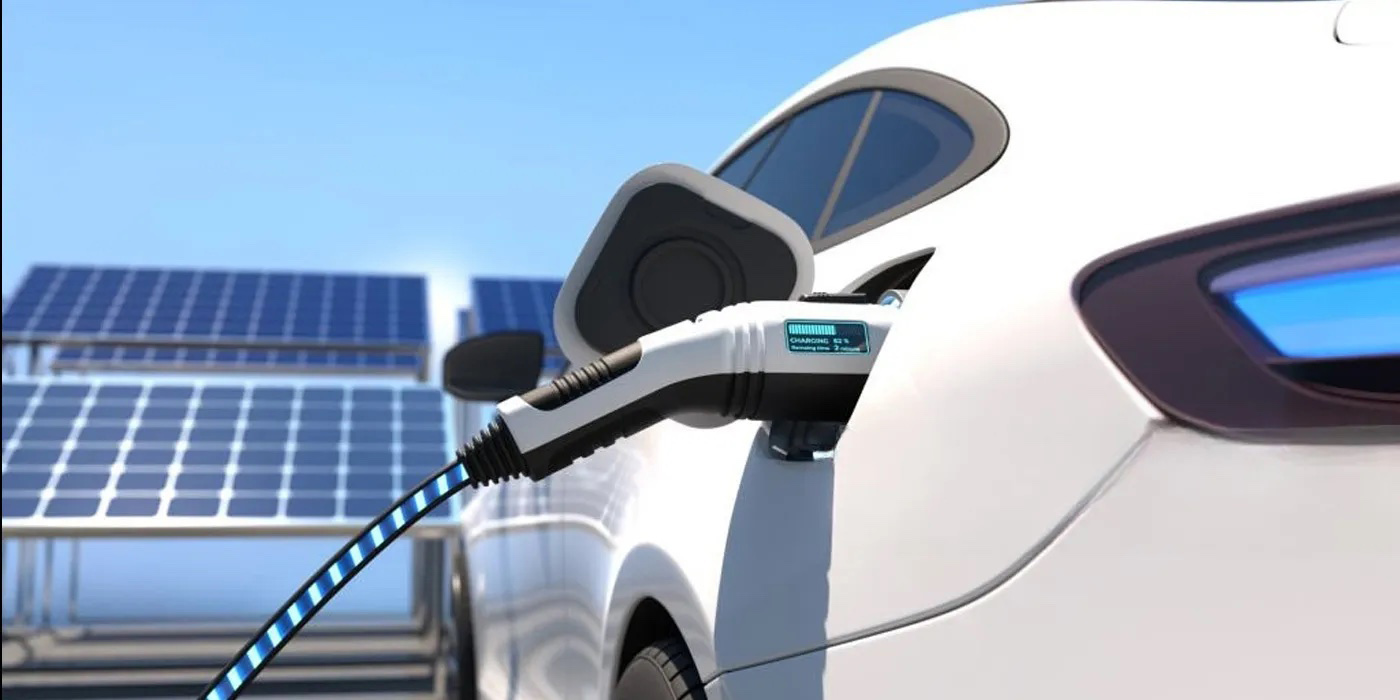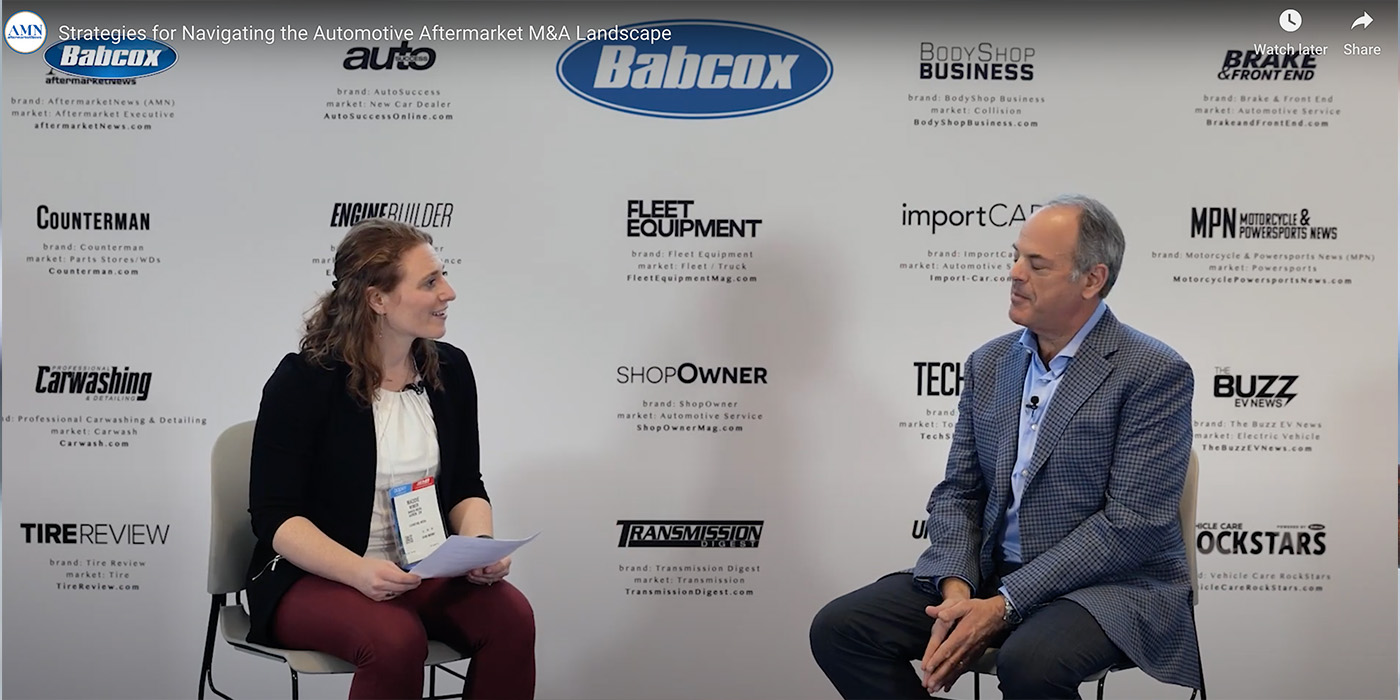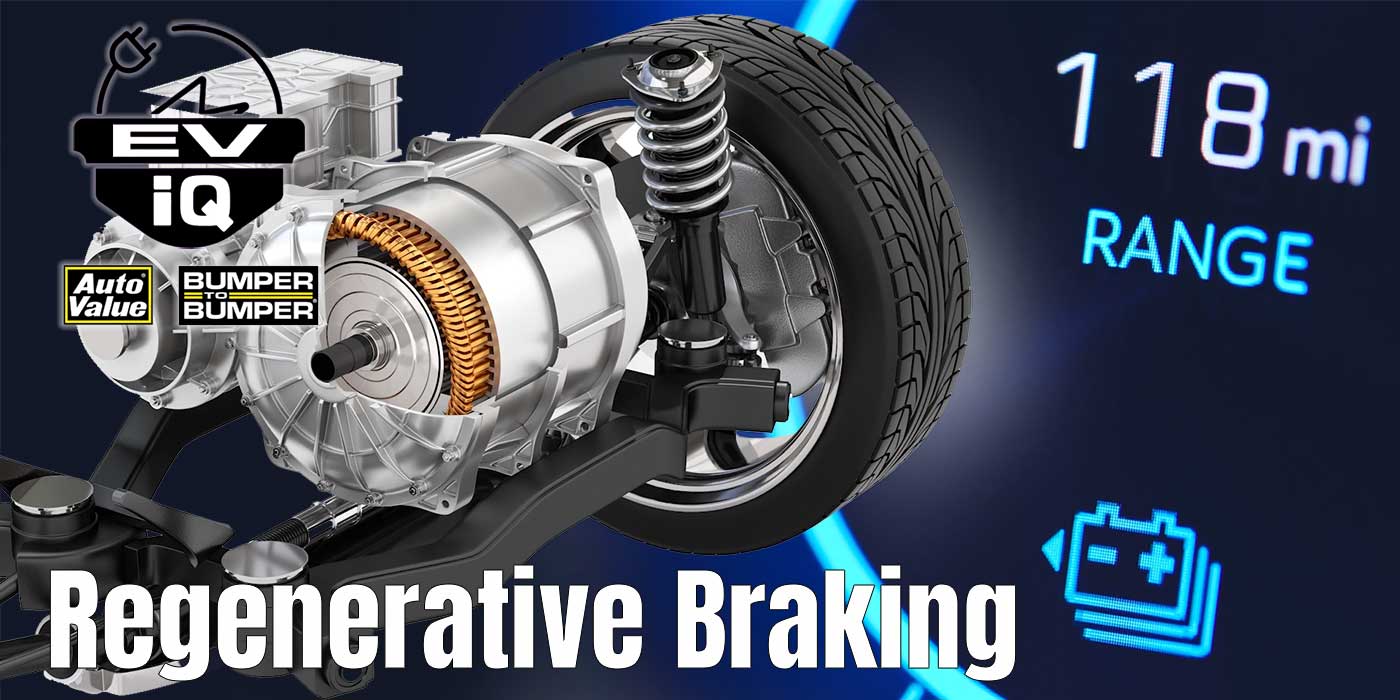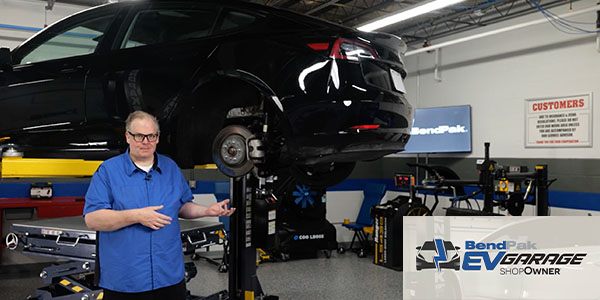You hear it all the time as people dismiss the transition to battery electric power – “I don’t know how electric cars are going to succeed when the grid can’t even supply enough power to handle the load!” Let’s put that in perspective.
In the 1960s, the United States consumed about 0.76 trillion kilowatt hours of electrical energy each year. Over the next six decades, air conditioning and other electrical appliances drove up household energy use and industrial expansion drove the USA demand to 4.12 trillion kWhrs each year. A typical household in the US now consumes 10,715 kWhrs per residence annually or about 30 kWhrs each day. The move from 0.76 trillion kWhrs to 4.12 trillion kWhrs is a 442% increase in six decades – roughly 33% growth each decade.
Estimates of what we will need to power a BEV VIO and conversion to electrical power in other industries vary widely. A few industry analyses are below.
- NREL – The US Department of Energy’s National Renewable Energy Laboratory forecasts a 60% or 2.5 trillion kWhrs increase to today’s 4.12 trillion level if the VIO moves to 88% BEV. Adding 2.5 trillion kWhrs would require about 18% growth of the grid each decade between now and 2050 – well under past grid growth performance.
- McKinsey suggests we will need two times or 100% more power in 2050. That’s about 25% growth per decade growth – still under the 33% history of growth.
- Elon Musk says three times is more likely the number – he is considering a huge electrical demand increase as we move more industries to both electrical and hydrogen power. That’s more like 45% growth each decade to 2050 and would require significant advancements in energy source development – something in which I’m sure Elon could participate.
I’ll go with the McKinnsey two times estimate. The next question, of course, is – How will that additional energy be generated with clean power? That calls for more numbers.
Today, US electrical power is generated from 39.8% natural gas, 21.5% renewables like wind and solar, 19.5% from coal and 18.2% from nuclear power plants. About 1% comes from other petroleum sources. The federal government is pushing to increase renewables, kill coal completely, reduce natural gas and maintain nuclear with little or no growth. It is a vision in which the big utility grid players retain their control by buying up the wind and solar companies and keeping a lock on the cost of electricity moving forward.
I would like to suggest a different vision – something I referenced in a previous column and promised to expand – so I’m making good on that promise now.
I think the major utility-centric hub and spoke grid system that has served us well is morphing into a more distributed power network. Here is a short list of examples:
The linear generator being produced by Mainspring can burn everything from natural gas to ammonia with super high efficiency. In Los Angeles, Mainspring is installing 10 generators to charge the very large battery packs of 100 Class 8 electric drive semi-tractors for a truck fleet serving the Port of Los Angeles and other California haulage requirements.
Purpose Energy is generating methane from food waste and landfills. The company has focused on the way food and beverage production facilities generate huge amounts of organic waste – food that comes off packaging lines or spoils before it can be shipped. Their goal is to help plants avoid filling landfills with the material, but they also work with those landfills to capture methane for their electrical generation process. The Tribrid-Bioreactor digestor is their not-so-secret weapon. It converts bio-waste to biogas that can be burned in ICE powertrains. Each bioreactor is placed onsite at a food production plant that benefits by converting their waste to energy production and increasing bottom-line.
Hydrogen One is producing green hydrogen with a new process that uses sunlight to superheat water, which results in the production of hydrogen and medical-grade oxygen. The company claims a production cost structure that is 50% lower than typical hydrogen electrolysis. They must be doing something right. Big companies like GE Power Systems and Siemens have invested and are helping the company scale its process.
TerraPower and GE Hitachi Nuclear Energy are building new sites with their Natrium sodium fast reactor combined with a molten salt energy storage system. I’m interested in this company for two reasons: One, Bill Gates is the founder and chairman; and two, it represents a new generation of nuclear plants that are, in my opinion, the real answer to our clean energy needs.
Nuclear power in the United States took a real hit in the 1980s after many political shenanigans in California, the Three Mile Island incident in Pennsylvania and a national campaign to stop production of new plants by an environmentalist movement whose primary focus was the degrowth of capitalism. They saw unlimited low-cost energy as a threat to the health and safety of the planet.
The irony is nuclear power has a safety record that is much better than any other power generation source. It has a very containable waste capture process and the new molten salt storage systems bring new advances to the waste cycle as well. If we had expanded nuclear power between the 1980s and now, instead of stalling its growth, the power required for BEVs and all kinds of clean electricity uses would not be in question today.
I have watched and studied the climate change news over the last ten years and I now detect what I think is a peaking of climate change hysteria. Everything – from wildfires to hurricanes to tornadoes and rising water in the streets after storms is attributed to climate change. The UN just declared that the oceans are boiling, but I am also seeing other news. We are slowly recognizing that the mining activities for battery minerals, the huge amount of concrete and land coverage of solar and the marine life disruption caused by offshore windmills are all in the process of killing our environment in an effort to save our climate.
Here is my prediction: Thirty years from now, we will not be talking about climate change. We will be living in a world in which new-generation nuclear plants, innovative distributed power generators and a whole host of carbon capture technologies have converted power generation into a clean industry and the transportation industry is a mix of carbon-neutral ICE powertrains and BEVs.

